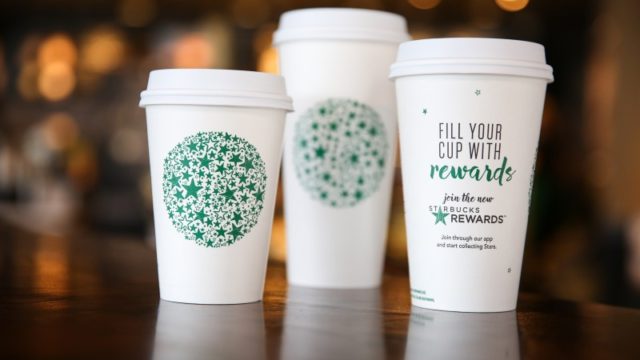Are loyalty programs effective? With the amount of money invested in customer loyalty programs, this is a question that matters greatly to a lot of stakeholders. We may now finally have some scientifically sound answers, at least as it relates to grocery retail loyalty programs. In the largest scale academic study of 358 retail brands across 27 different countries, Professor Bombaij from Tilburg University and his coauthor found some good and some bad. Their research findings are reported in a paper to be published in International Journal of Research in Marketing. In this research focus feature post, I would like to discuss the key findings from the research and what they may mean to your loyalty program management.
Overview of the Research
The two researchers were interested in finding out if loyalty programs really work, what program designs are effective, and if program impact depends on the retail type and on country and cultural differences. They started with the top 15 grocery retail brands in 27 countries (17 in Western Europe and 10 in Eastern Europe). For each brand, they tried to gather information on its sales, loyalty program design (if there is one), and other business characteristics. Combined with country level information, these data allowed the researchers to systematically analyze the impact of different factors on each brand’s sales per square meter. Importantly, they used rigorous statistical methods to make sure that any differences found are real differences due to the loyalty program, not because of some other things mixed in there.
Continue reading “Research Focus: Effectiveness of Grocery Retail Loyalty Programs”


